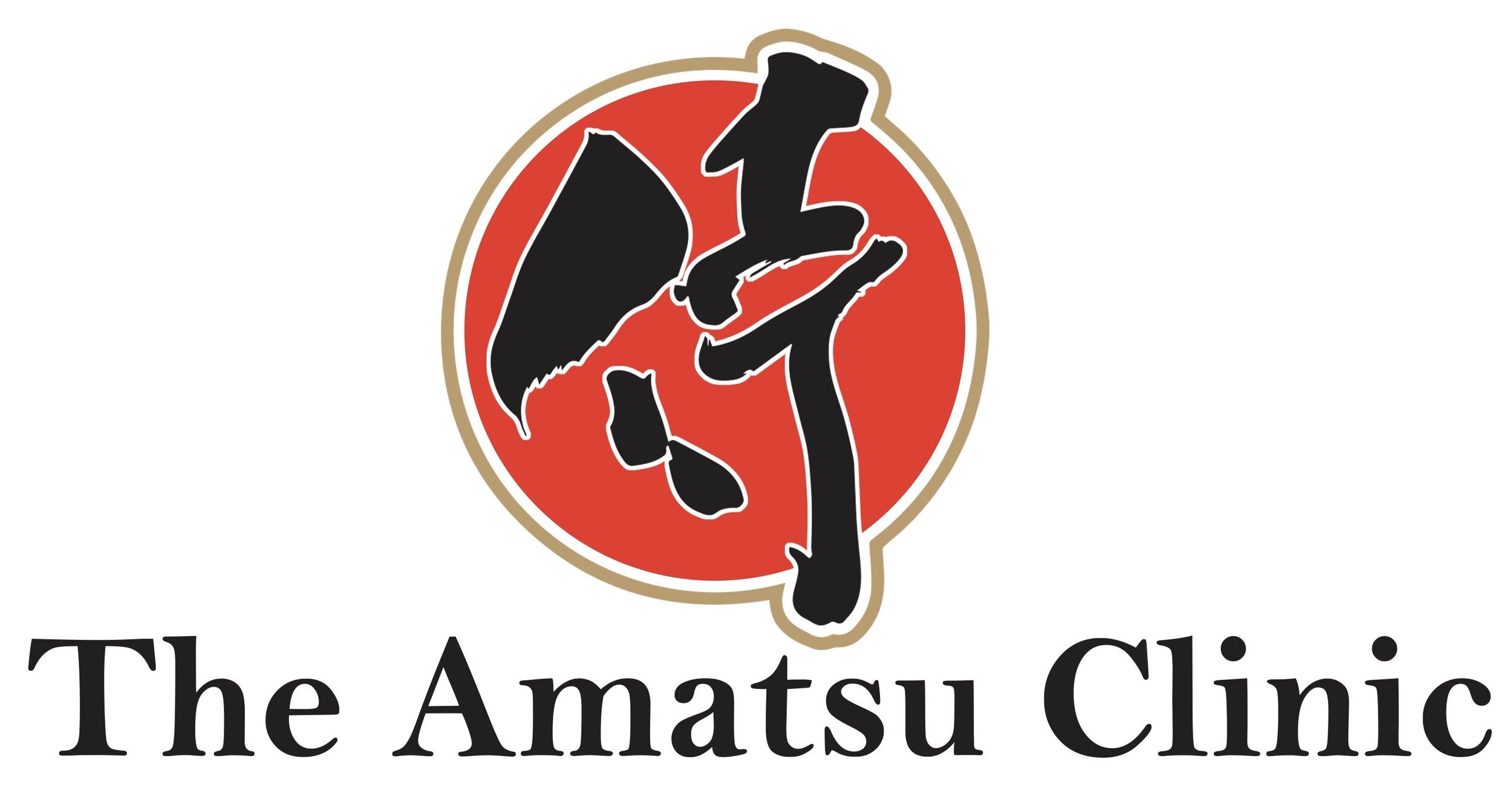Amatsu therapy is a modern adaptation of a soft tissue therapy that has been used for thousands of years in Japan.
Amatsu use ancient wisdom with modern techniques to treat the body as a whole. It is based on ancient principles of natural movement and seek to address many musculo-skeletal and lifestyle-related conditions, as well as supporting the restoration of general health and well being. Amatsu therapy is based on the theory of biotensegrity and it applies its principles to its treatment.
We use unique soft tissue pressure and mobilisation techniques to treat your whole body, not just the symptoms of pain or discomfort you are experiencing. They will also seek to address the effects of life’s daily stresses on your body – such as physical, emotional, and environmental factors.
Unlike many other therapies, it is a whole-body treatment that works with the body’s soft tissue (e.g. muscles, tendons, fascia, ligaments, and organs) to help to re-balance other key mechanical and energetic structures (e.g. the spine, bones, joints, cranium and meridian circuits).
Amatsu is suitable for people of all age groups, those with limited mobility and pregnant women.
How does Amatsu work?
Amatsu uses soft tissue and mobilisation techniques rooted in the ancient Japanese “feeling” practised by Dr Hatsumi and developed by Dennis Bartram. Together they provide Amatsu therapists with a unique set of techniques and applying the principles of biotensegrity to treat clients. These techniques are movement oriented and engage with the body. The idea of biotensegrity, as stated above, is based on the tensegrity structure. Tension and compression help form this structure. The structure reflects that of the human body: a collection of rigid bones floating in a network of soft muscular tissue. Amatsu therapy cross’s the interface of the body to effect the biotensegrity of the body. By appling a load in a specific area to make the greatest change so it can have an effect on somewhere else and globally using the principles of biotensegrity.
For more information about Amatsu Therapy and how we work, check out our FAQ

